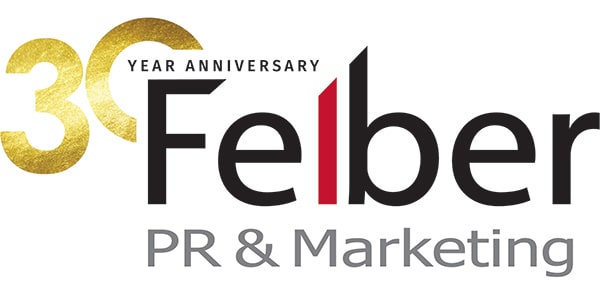The Top 4 Changes in ISO 9001:2015 from 2008
This guest blog was kindly provided by Smithers Quality Assessments

The clock keeps ticking, and we keep getting closer to that now infamous due date (September 15, 2018, to be exact) for the transition of ISO 9001:2008 certifications to the updated standard of ISO 9001:2015. If you’re already certified to the former, you’re probably going through the process of determining audit dates for transition, or if you’re new to the quality management system, you may be looking at which certification body to select to help you get up to date with the latest standard. In either case, or if you’re unsure of what the best course of action will be for your organization moving forward, highlighting what’s really changed in the latest revision may help to settle uncertainty, solidify expectations, and create a clear direction.
At first glance, the new standard appears different, and may even feel a little different after reviewing it for the first time. However, ISO 9001:2015 is actually very similar to its predecessor ISO 9001:2008. In fact, if you exclude the more subtle or simple changes, there are four important changes to be found in the latest revision:
1. Processes Emphasis – The goal of this addition is to prompt organizations to really think about their processes, to define them clearly and who’s responsible for what. For example, start by asking yourself these questions: What are your processes specifically? Who will run them? How will you monitor and measure them?
2. Risk Management Concept – Every business owner, operator, or manager must consider the risk involved with many of the decision they make, or the actions they take on a regular basis. For instance: Do you bring on a new supplier? Yes or no? Should you pick up a new customer or job? Do you have the resources or organization bandwidth to provide the necessary services? Can you hire a new employee? These are all examples of risk related issues. As it pertains to the revised ISO 9001:2015 standard, it is now a requirement of the updated quality management system to start thinking about risk and as mentioned in process emphasis, start mapping it out by clearly defining it.
3. No Required Procedures – Unlike in ISO 9001:2008, the revised standard does not contain a structured set of required procedures that you must incorporate into your processes. However, that doesn’t mean that you can have none in place. Instead, the goal of this flexibility is to allow companies the authority to decide which procedures are most applicable to them, which ones to keep or get rid of, and what additional ones should be added to produce the best results.
4. Top Management Must Own its QMS – Another focus for ISO 9001:2015 is the encouragement of top management within organizations to own their quality management system. So, whether it’s the President, VP, or General Manager, the emphasis is on these roles taking a more active role in the development, implementation, measurement, and responsibility of their company’s processes, and not simply delegating it all to quality manager.
As it was mentioned earlier, the above is not an all-encompassing list of the changes or variations between ISO 9001:2015 and ISO 9001:2008, but the rest of the changes are subtler and should not overly influence your transition or audit. To learn more about the benefits of ISO 9001:2015, download Smithers Quality Assessment’s gap analysis sheet.


Leave a Reply
Want to join the discussion?Feel free to contribute!